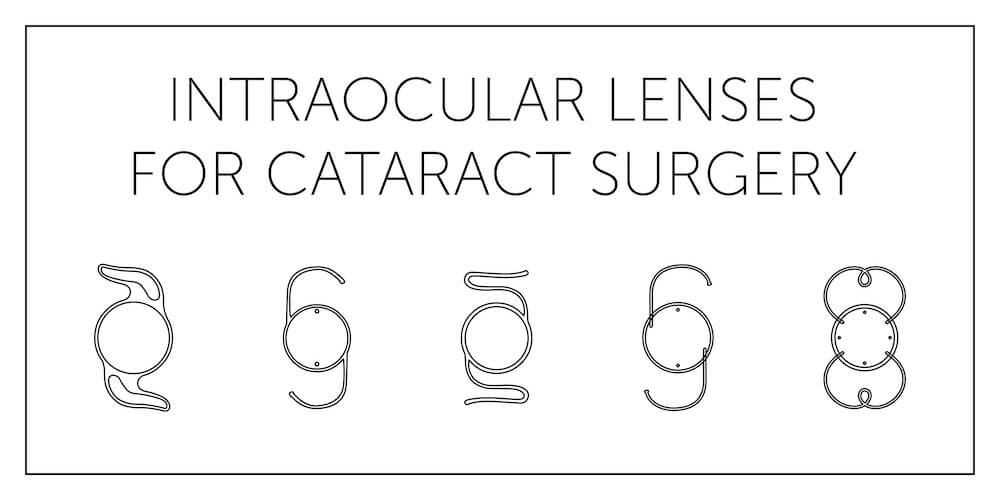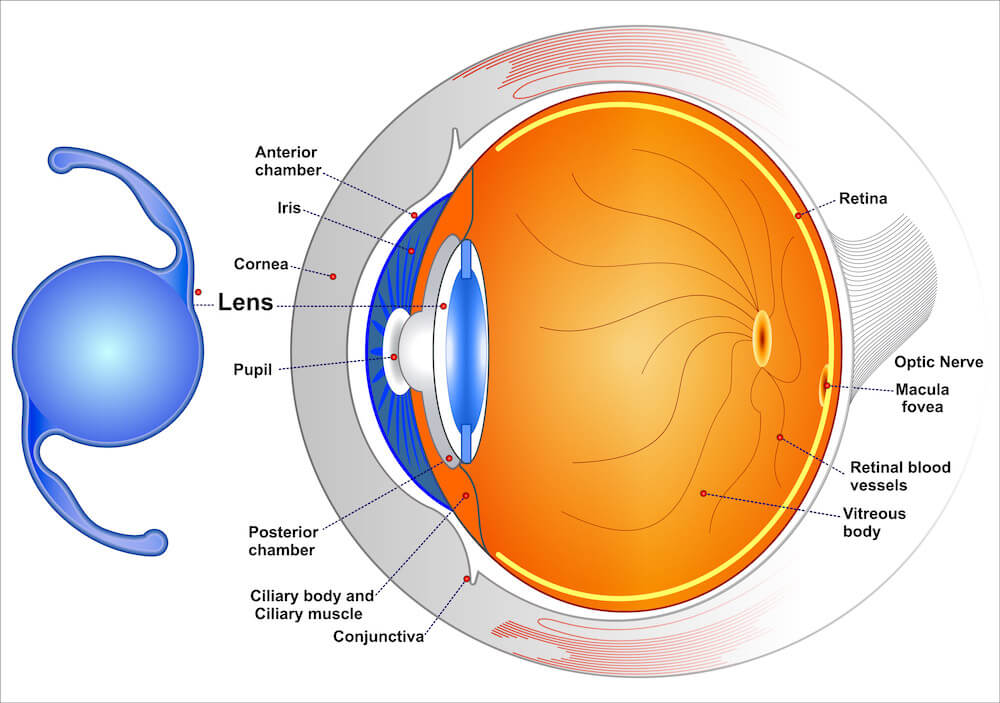
A cataract is the clouding effect of a person’s natural eye lens. These natural lenses are what make it possible for us to focus on objects and process what we’re seeing. When cataracts form, it diminishes the eye’s ability to bring things into focus. Cataracts are incredibly common, affecting nearly half of all Americans by the age of 65. The good news is: you don’t have to live with cataracts.

If you are experiencing any of these symptoms, it may indicate the development of a cataract.
Cataract surgery is a simple procedure with an excellent success record. The clouded natural lens is replaced with an artificial lens called an intraocular lens (IOL) during an outpatient procedure. Modern ultrasound technology and ocular advancements have made it possible in recent years to perform surgery with smaller incisions, resulting in a shorter recovery window. A topical anesthetic makes it a painless process.
When your cataract (cloudy human lens) is removed, it is alike to a camera taking a photograph without a lens; the photo would be blurry. Therefore, anyone undergoing cataract extraction receives a new, man-made lens, called an intraocular lens (IOL), to replace their natural lens.
IOLs are permanent and maintenance free. You cannot feel them, you will never have to clean them, and unlike your natural lens, they stay clear indefinitely. The size, shape, design, material and prescription will be chosen by your doctor especially for you.

After a thorough examination and evaluation, you will be presented various options of IOLs. These IOLs are specially designed for you based upon your doctor’s recommendation and your lifestyle. An IOL counselor will assist you with a detailed explanation of your lens options and answer any questions that you may have.

Cataract surgery is one of the safest and most effective vision correction surgeries available. IOL implantation makes it possible for those with cataracts and age-related eye problems to enjoy the best vision of their lives.
Please contact an ophthalmologist at Inland Eye Specialists today, if you’d like to determine your candidacy for cataract surgery with intraocular lenses. Our doctors will evaluate your eyes to ascertain which one of the many intraocular lenses available may be right for you.

No one is immune to cataracts. However, certain groups have an increased risk of developing cataracts and needing surgery. Those considered high-risk are:
No. Cataracts can also form as the result of other factors, such as:
A typical indicator of cataract development is the introduction of “night halos” or glares in your vision. The best way to know, though, is to have an eye exam.